Description
Pick up from hotel in Cairo with English Speaking Assistant
Transfer to airport with English Speaking Assistant
Flight & Arrival Luxor
Sightseeing Of West Bank Luxor with Japanese or English Speaking Guide on the spot
1- Memnon
The Colossi of Memnon are two massive stone statues of the Pharaoh Amenhotep III, which stand at the front of the ruined Mortuary Temple of Amenhotep III, the largest temple in the Theban Necropolis. They have stood since 1350 BC, and were well known to ancient Greeks and Romans, as well as early modern travelers and Egyptologists. The statues contain 107 Roman-era inscriptions in Greek and Latin, dated to between AD 20 and 250; many of these inscriptions on the northernmost statue make reference to the Greek mythological king Memnon, whom the statue was then – erroneously – thought to represent. Scholars have debated how the identification of the northern colossus as “Memnon” is connected to the Greek name for the entire Theban Necropolis as the Memnonium
2- Hatshepsut temple
The mortuary temple of Hatshepsut is a mortuary temple built during the reign of Pharaoh Hatshepsut of the Eighteenth Dynasty of Egypt. Located opposite the city of Luxor, it is considered to be a masterpiece of ancient architecture. Its three massive terraces rise above the desert floor and into the cliffs of Deir el-Bahari. Her tomb, KV20, lies inside the same massif capped by El Qurn, a pyramid for her mortuary complex. At the edge of the desert, 1 km (0.62 mi) east, connected to the complex by a causeway lies the accompanying valley temple. Across the river Nile, the whole structure points towards the monumental Eighth Pylon, Hatshepsut’s most recognizable addition to the Temple of Karnak and the site from which the procession of the Beautiful Festival of the Valley departed. The temple’s twin functions are identified by its axes: its main east-west axis served to receive the barque of Amun-Re at the climax of the festival, while its north-south axis represented the life cycle of the pharaoh from coronation to rebirth. Construction of the terraced temple took place between Hatshepsut’s seventh and twentieth regnal year, during which building plans were repeatedly modified. In its design it was heavily influenced by the Temple of Mentuhotep II of the Eleventh Dynasty built six centuries earlier. In the arrangement of its chambers and sanctuaries, though, the temple is wholly unique. The main axis, normally reserved for the mortuary complex, is occupied instead by the sanctuary of the barque of Amun-Re, with the mortuary cult being displaced south to form the auxiliary axis with the solar cult complex to the north. Separated from the main sanctuary are shrines to Hathor and Anubis which lie on the middle terrace.
3- The valley of king (not including Tut Ankh Amon Tomb)

The Valley of the Kings is a valley in Egypt where, for a period of nearly 500 years from the 16th to 11th century BC, rock-cut tombs were excavated for the pharaohs and powerful nobles of the New Kingdom (the Eighteenth to the Twentieth Dynasties of Ancient Egypt).The valley stands on the west bank of the Nile opposite Thebes (modern Luxor), within the heart of the Theban Necropolis. The wadi consists of two valleys: the East Valley (where the majority of the royal tombs are situated) and the West Valley (Valley of the Monkeys). With the 2005 discovery of a new chamber and the 2008 discovery of two further tomb entrances, the valley is known to contain 63 tombs and chambers (ranging in size from KV54, a simple pit, to KV5, a complex tomb with over 120 chambers). It was the principal burial place of the major royal figures of the Egyptian New Kingdom, as well as a number of privileged nobles. The royal tombs are decorated with scenes from Egyptian mythology and give clues as to the beliefs and funerary practices of the period. Almost all of the tombs seem to have been opened and robbed in antiquity, but they still give an idea of the opulence and power of the pharaohs. This area has been a focus of archaeological and Egyptological exploration since the end of the eighteenth century, and its tombs and burials continue to stimulate research and interest. Since the 1920s, the valley has been famous for the discovery of the tomb of Tutankhamun, and is one of the most famous archaeological sites in the world. In 1979, it became a World Heritage Site, along with the rest of the Theban Necropolis. Exploration, excavation and conservation continues in the valley, and a new tourist centre has recently been opened.
Then , Enjoying Lunch At Local Restaurant
After Lunch, Start sightseeing of East bank of Luxor with Japanese or English Speaking Guide on the spot
1- Karnak Temple
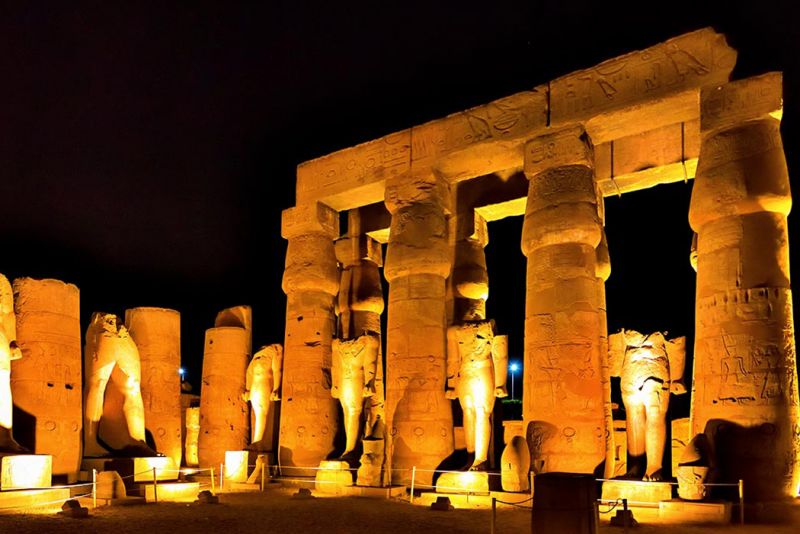
The history of the Karnak complex is largely the history of Thebes and its changing role in the culture. Religious centers varied by region, and when a new capital of the unified culture was established, the religious centers in that area gained prominence. The city of Thebes does not appear to have been of great significance before the Eleventh Dynasty and previous temple building there would have been relatively small, with shrines being dedicated to the early deities of Thebes, the Earth goddess Mut and Montu. Early building was destroyed by invaders. The earliest known artifact found in the area of the temple is a small, eight-sided column from the Eleventh Dynasty, which mentions Amun-Re. Amun (sometimes called Amen) was long the local tutelary deity of Thebes. He was identified with the ram and the goose. The Egyptian meaning of Amun is “hidden” or the “hidden god” , Major construction work in the Precinct of Amun-Re took place during the Eighteenth Dynasty, when Thebes became the capital of the unified Ancient Egypt. Almost every pharaoh of that dynasty added something to the temple site. Thutmose I erected an enclosure wall connecting the Fourth and Fifth pylons, which comprise the earliest part of the temple still standing in situ Hatshepsut had monuments constructed and also restored the original Precinct of Mut, that had been ravaged by the foreign rulers during the Hyksos occupation. She had twin obelisks, at the time the tallest in the world, erected at the entrance to the temple. One still stands, as the second-tallest ancient obelisk still standing on Earth; the other has toppled and is broken. Another of her projects at the site, Karnak’s Red Chapel or Chapelle Rouge, was intended as a barque shrine and originally may have stood between her two obelisks. She later ordered the construction of two more obelisks to celebrate her sixteenth year as pharaoh; one of the obelisks broke during construction, and thus, a third was constructed to replace it. The broken obelisk was left at its quarrying site in Aswan, where it still remains. Known as the unfinished obelisk, it provides evidence of how obelisks were quarried. Construction of the Great Hypostyle Hall also may have begun during the Eighteenth Dynasty (although most new building was undertaken under Seti I and Ramesses II in the Nineteenth). Merneptah, also of the Nineteenth Dynasty, commemorated his victories over the Sea Peoples on the walls of the Cachette Court, the start of the processional route (also known as the Avenue of Sphinxes) to the Luxor Temple. The last major change to the Precinct of Amun-Re’s layout was the addition of the First Pylon and the massive enclosure walls that surround the precinct, both constructed by Nectanebo I of the Thirtieth Dynasty. In 323 AD, Roman emperor Constantine the Great recognized the Christian religion, and in 356 Constantius II ordered the closing of pagan temples throughout the Roman empire, into which Egypt had been annexed in 30 BC. Karnak was by this time mostly abandoned, and Christian churches were founded among the ruins, the most famous example of this is the reuse of the Festival Hall of Thutmose III’s central hall, where painted decorations of saints and Coptic inscriptions can still be seen.
2- Luxor temple
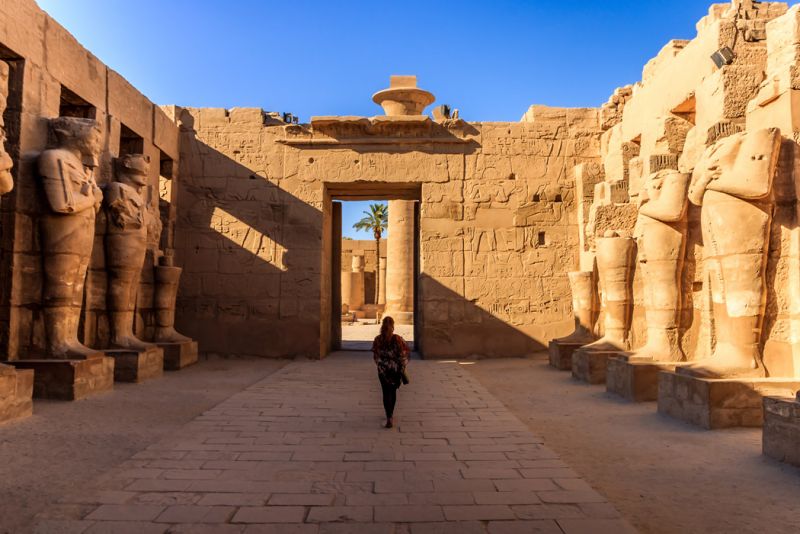
On the East bank of the Nile River, in the south of Egypt, the World’s Largest Outdoor Museum, Luxor city, contains one of the most beautiful temple standing. The Luxor Temple is a mark of Ancient Egyptian civilization, strikingly graceful monument in the heart of modern Luxor. Different than other temples in Luxor, the Luxor temple was not built in adoration to a god or to a god figure of the kings and pharaohs; instead, Luxor Temple was built in dedication to the rejuvenation of kingship. Many kings might have had they crowning at the Temple of Luxor, whether crowned in reality or conceptually as in the case of Alexander the Great, who claimed he was crowned at Luxor although facts contradict appear that he had never traveled south of Memphis which is considered the modern city of Cairo. In the Egyptian language, the Luxor Temple is known as ipet resyt which means the southern sanctuary; its main function was during the annual Opet festivals. At these festivals, the statues of Amun, Mut, and Khonsu were moved from Karnak, along the Avenue of Sphinxes, and reunited here during the inundation. Pharaoh Amenhotep III, one of the great builders of ancient Egypt, was responsible for starting the construction of the Luxor temple during the New Kingdom (1390-1352 BC) following by Tutankhamun (1336-27 BC), then Horemheb (1323-1295 BC) and then finished by Rameses II (1279-13 BC). The Luxor temple appears to be one of the many projects that Ramesses II commissioned during his long reign. Ramesses II also repurposed many existing monuments to add to his own reputation. The statuary and carvings that decorate the temple today mainly feature Ramses II.
Having Free time till departure Lxr
Then, Transfer to Airport with English Speaking Assistant
Flight & Arrival Cairo
Transfer back to hotel with English Speaking Assistant
END OF OUR TOUR
| Period | Bottled water | 1 person | 2 person | 4 person | Child 6-11.9 year | Child 2-5.9years |
| 01 OCT. – 30 NOV. 2023 | YES | 707 | 574 | 507 | 230 | 143 |
| 01 DEC. – 30 MAR. 2023 | YES | 734 | 601 | 535 | 241 | 150 |
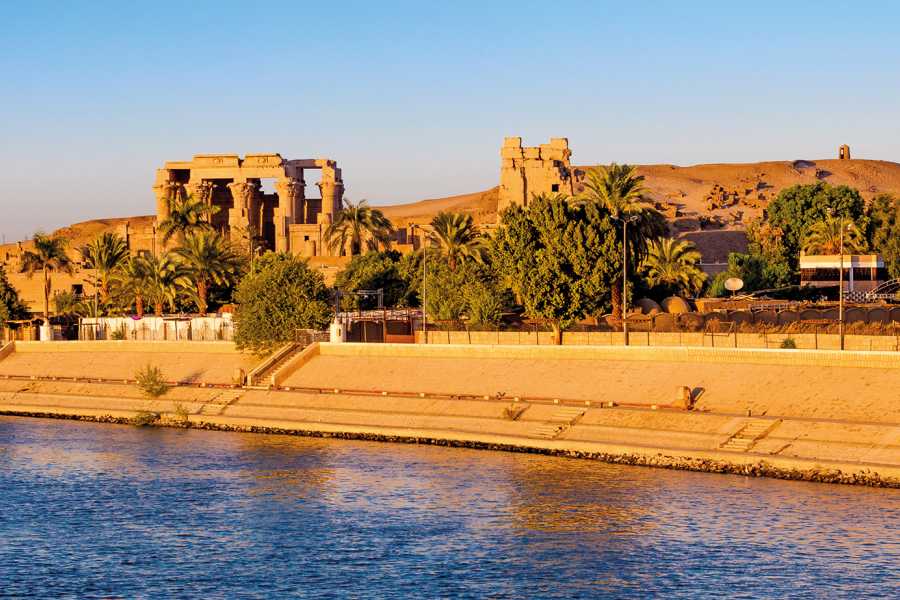
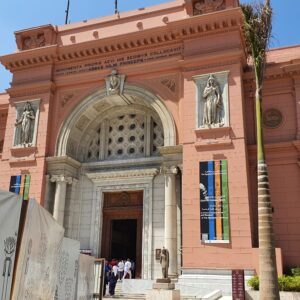
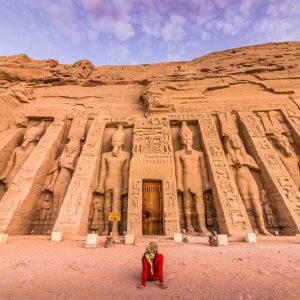
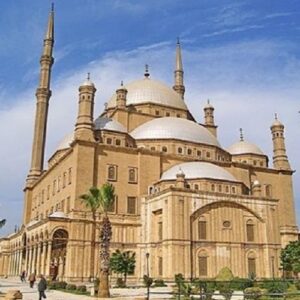
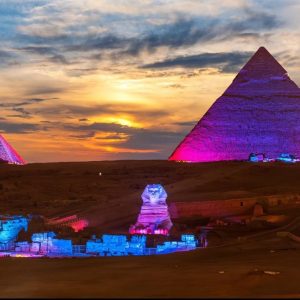
Be the first to review “OVER DAY LUXOR”